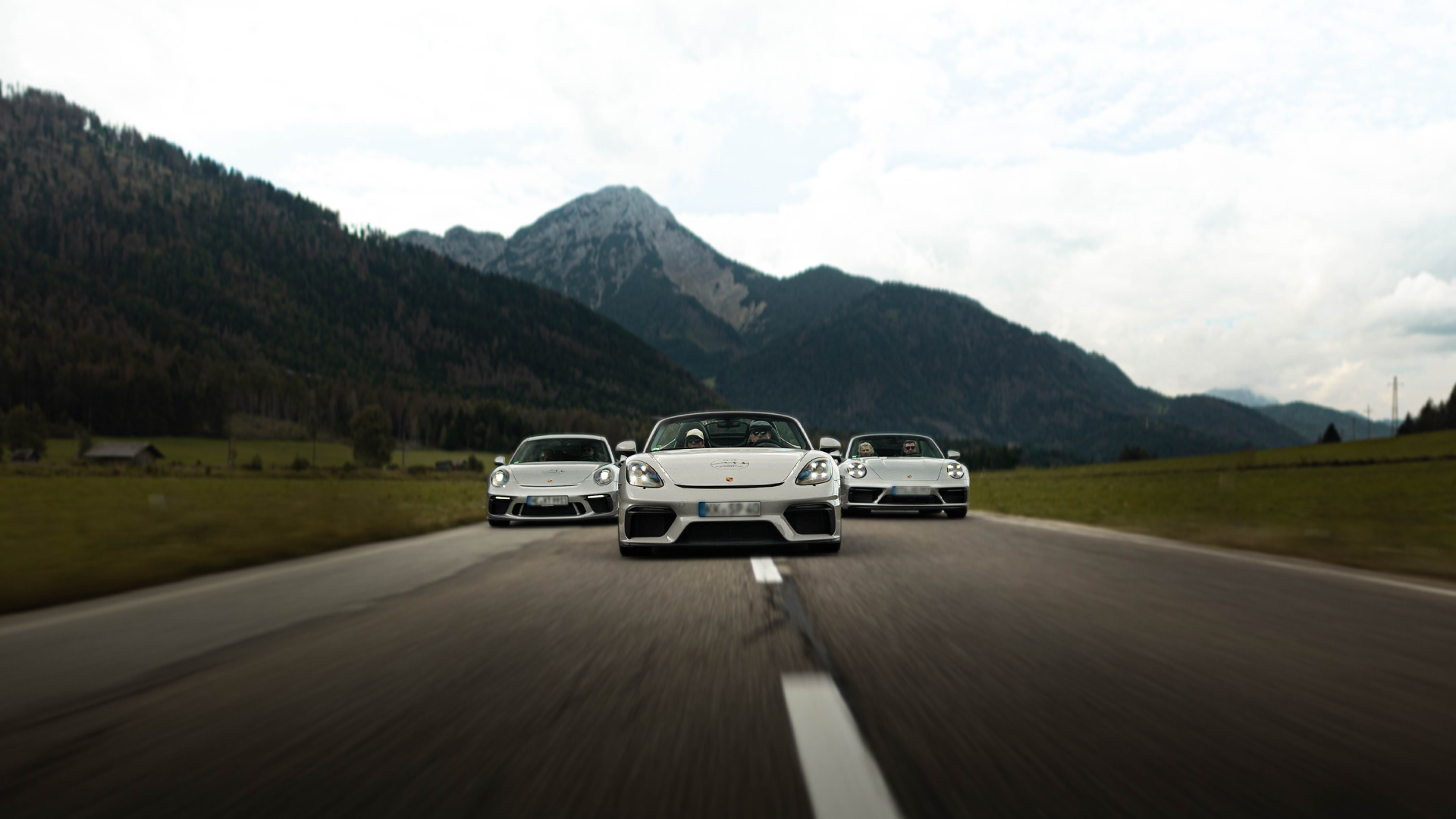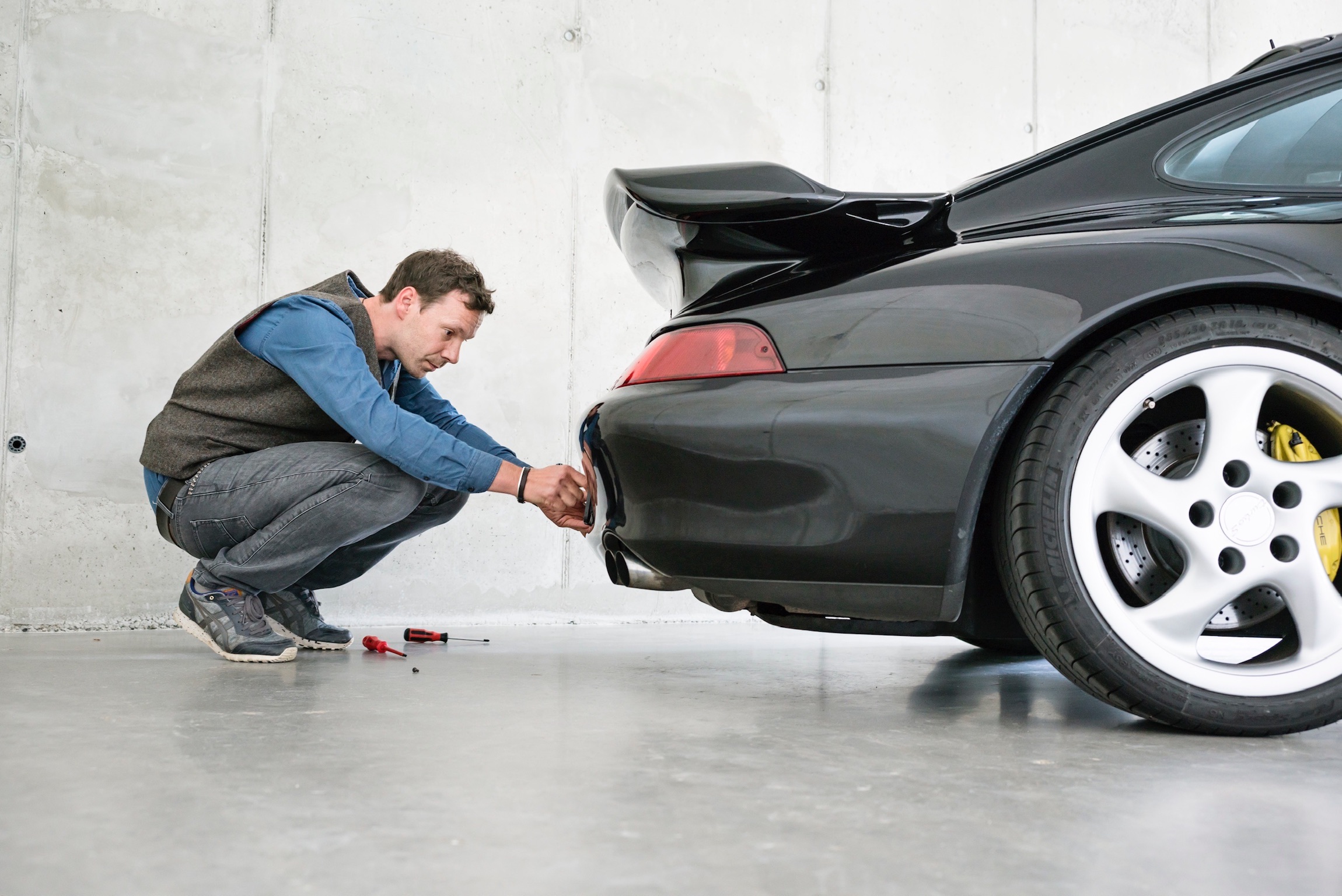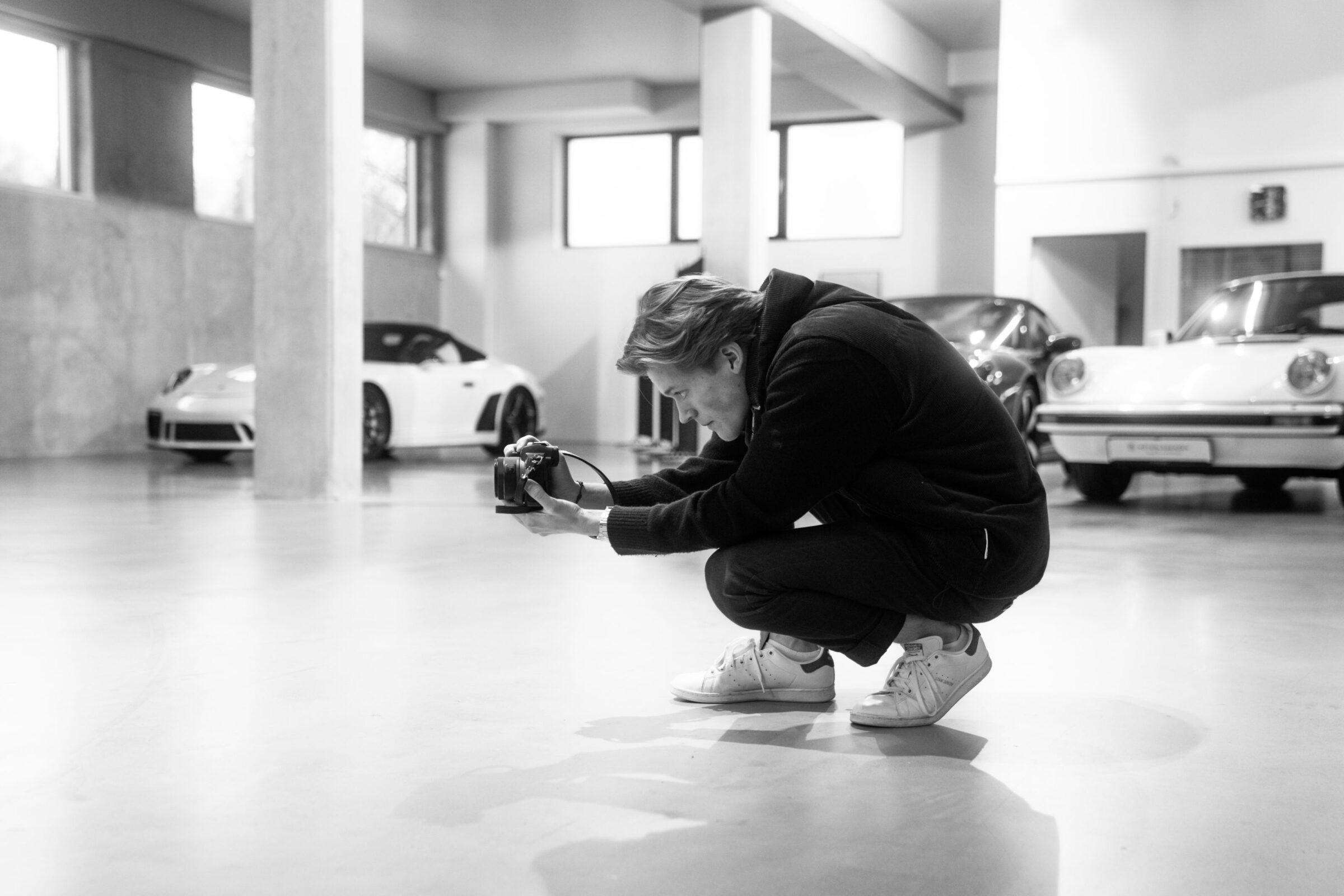FCA Heritage Hub
The Heritage department has been taking care of the automobile legacy of the FCA Group for several years now. FCA stands for Fiat Chrysler Automotive and while the American offshoot has already put some work into the care for classic cars, the Italian brands Fiat, Alfa Romeo, Abarth and Lancia were previously at best shown by the factory at classic car shows (with the exception of the worth-visiting Alfa Romeo Museo in Arese). This is not because the FCA Group doesn’t have an own car collection, but because of a lack of interest combined with a little bit of southern European ignorance for good business ideas. Now, however, it appeared to be reasonable to turn an old factory building, Officina 81, at the Mirafiori complex in Turin into the so-called Heritage Hub.
This center for all the classic cars of the Group’s brands offers a new home to more than 250 vehicles, a collection of classic Fiat, Abarth and Lancia cars with some Alfa Romeos as well. All together, 15,000 square meters of exhibition area are used. For this, Officina 81 has been lovingly restored, maintaining the original character with various metal pillars as well as the colors mustard and green. In addition to various production cars, the Heritage Hub also includes concept cars, rally cars and racing cars from past decades. While long rows of cars sorted by brands are shown in the outer areas of the hall, there are eight central theme areas with eight selected exhibits each.


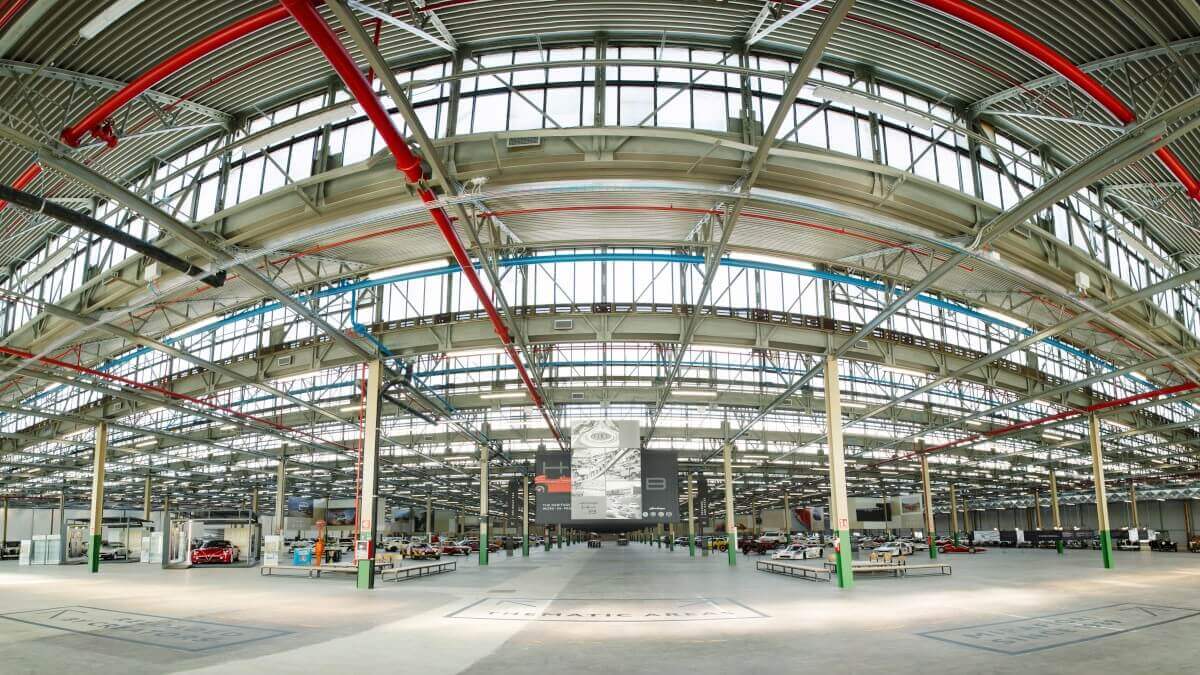



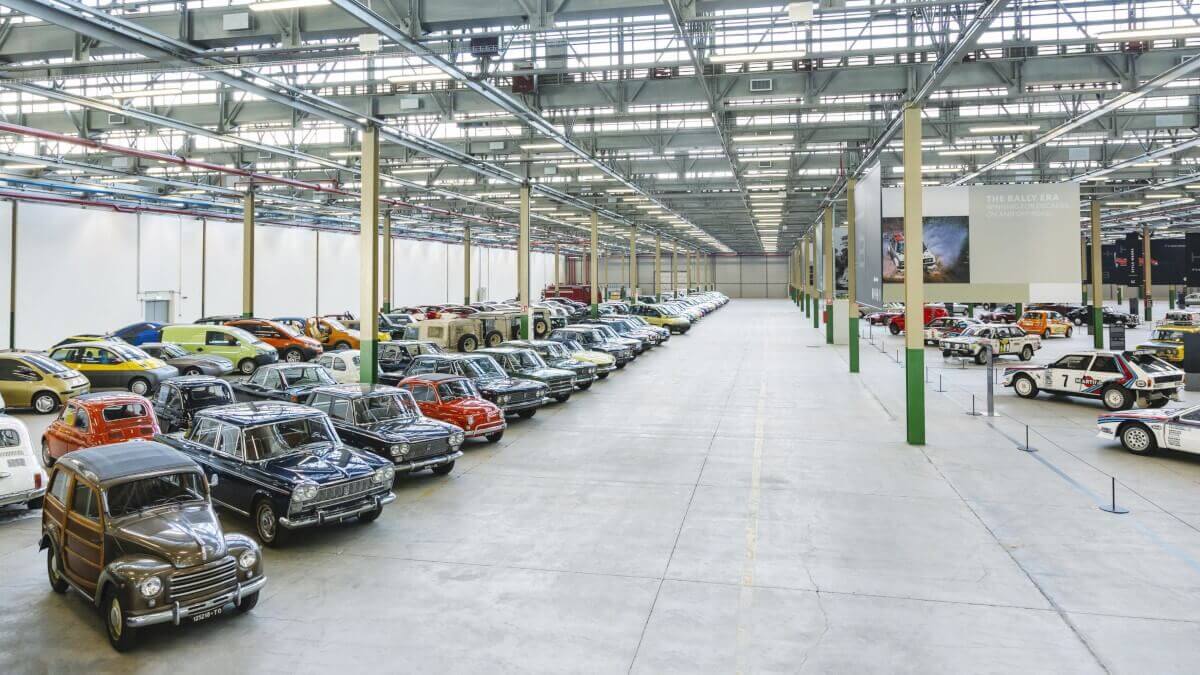

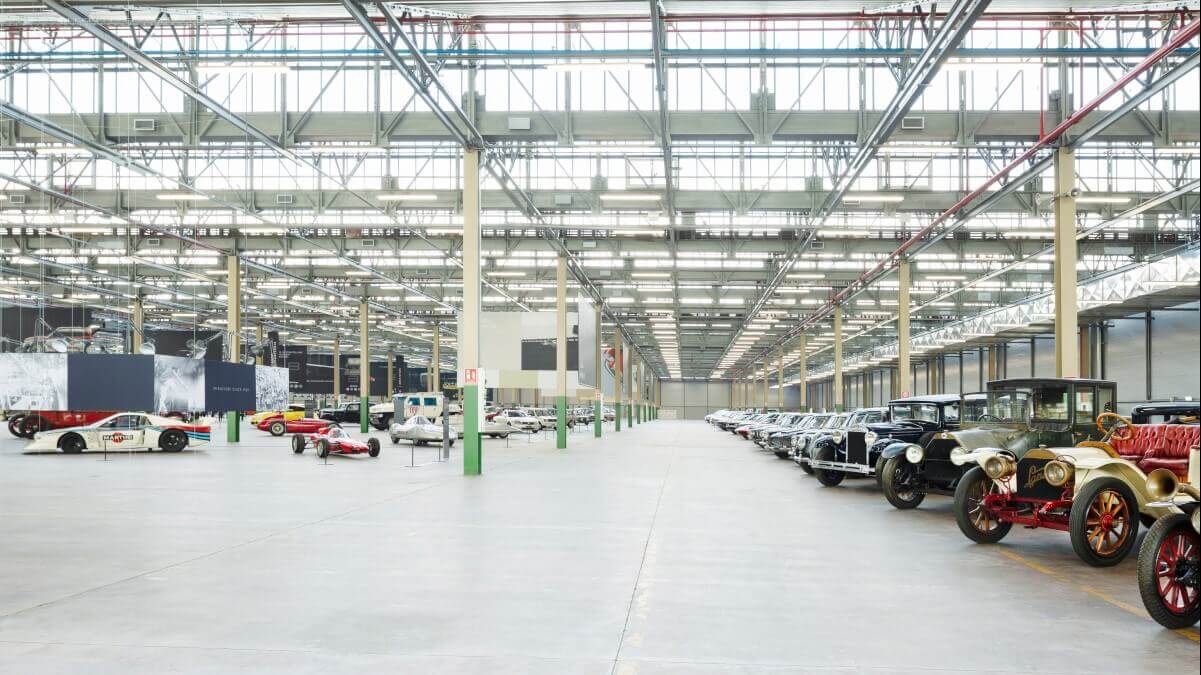

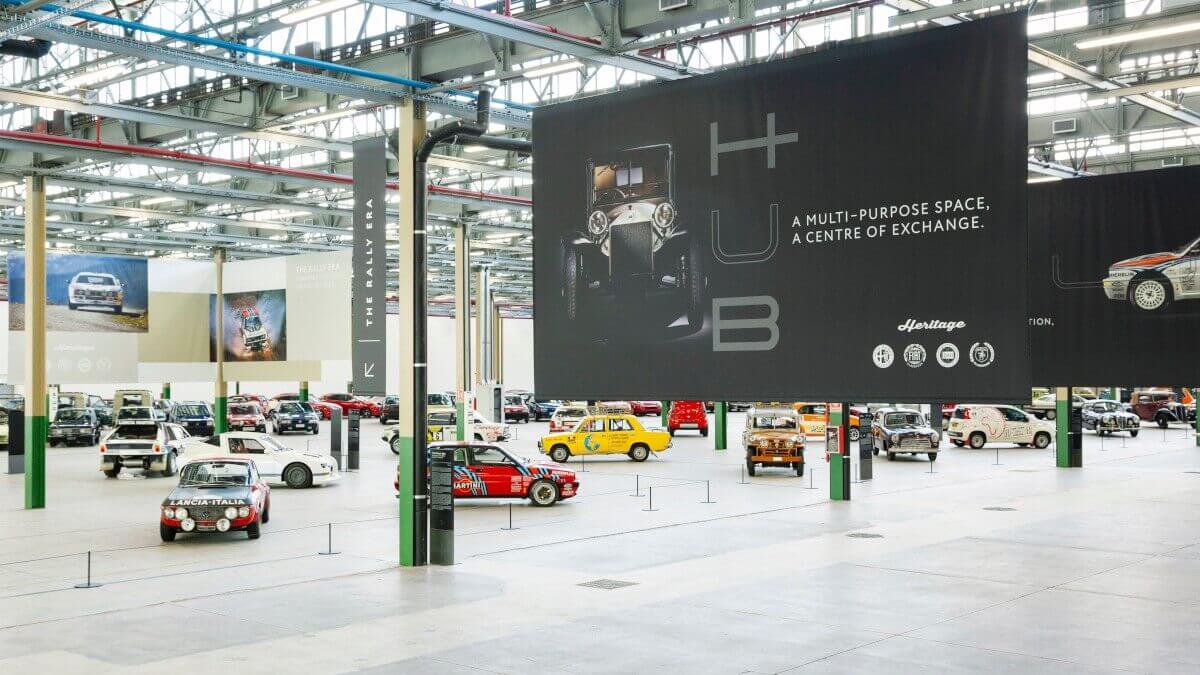

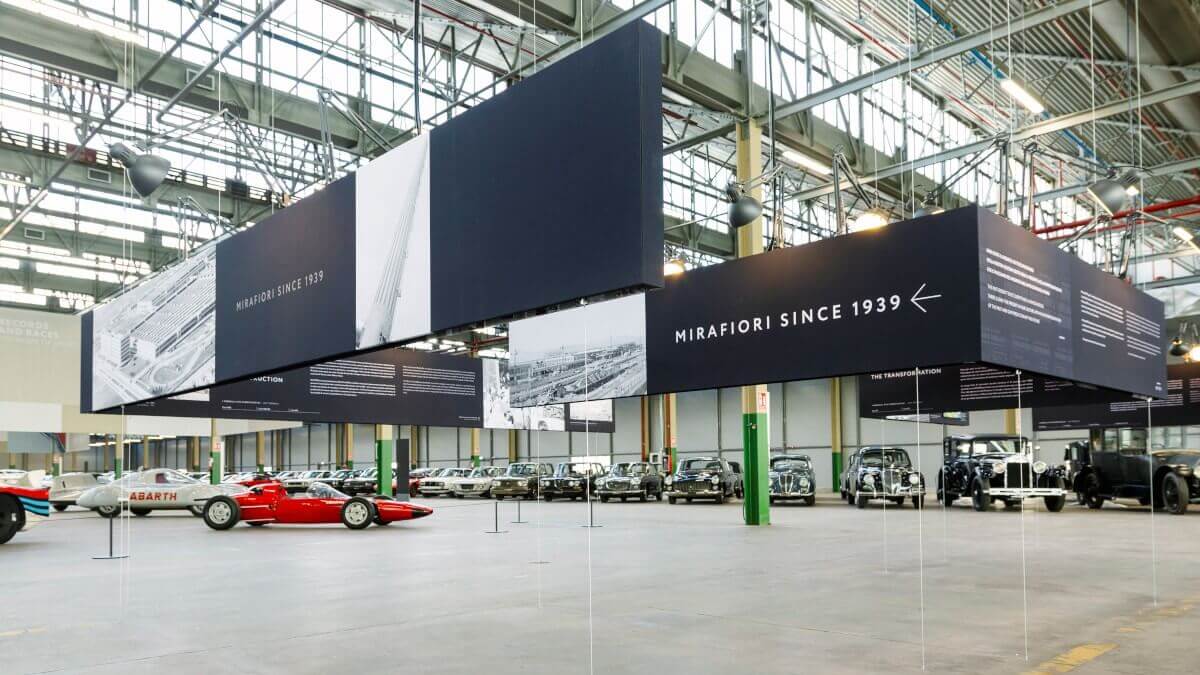





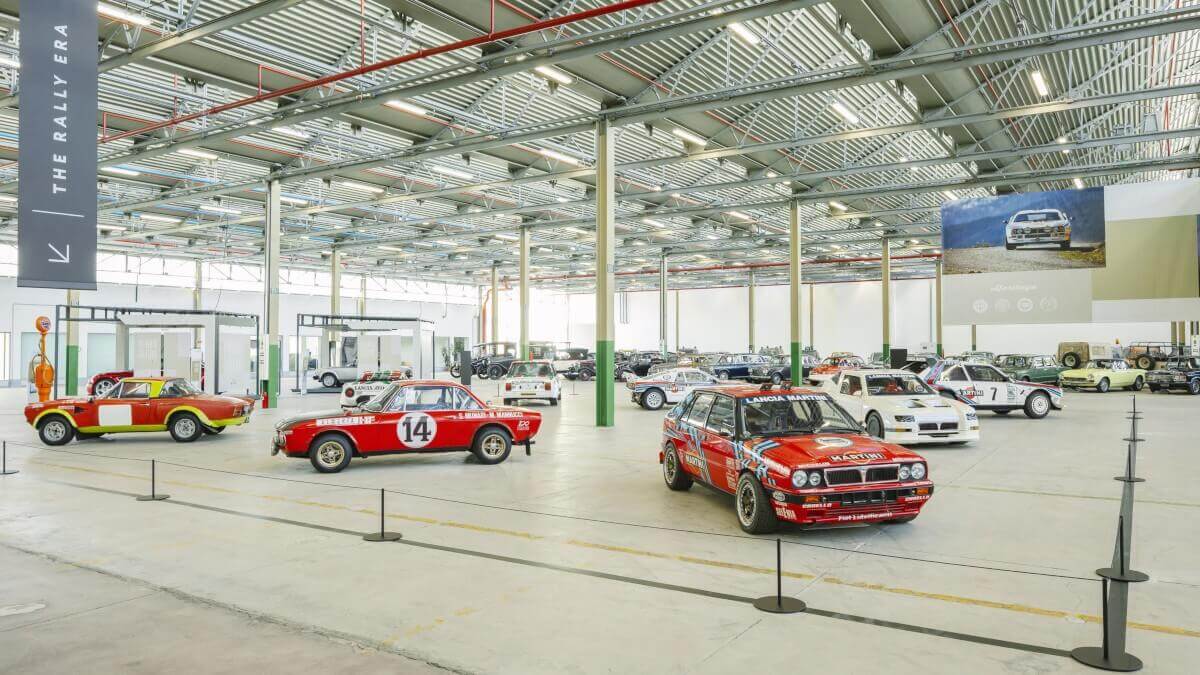

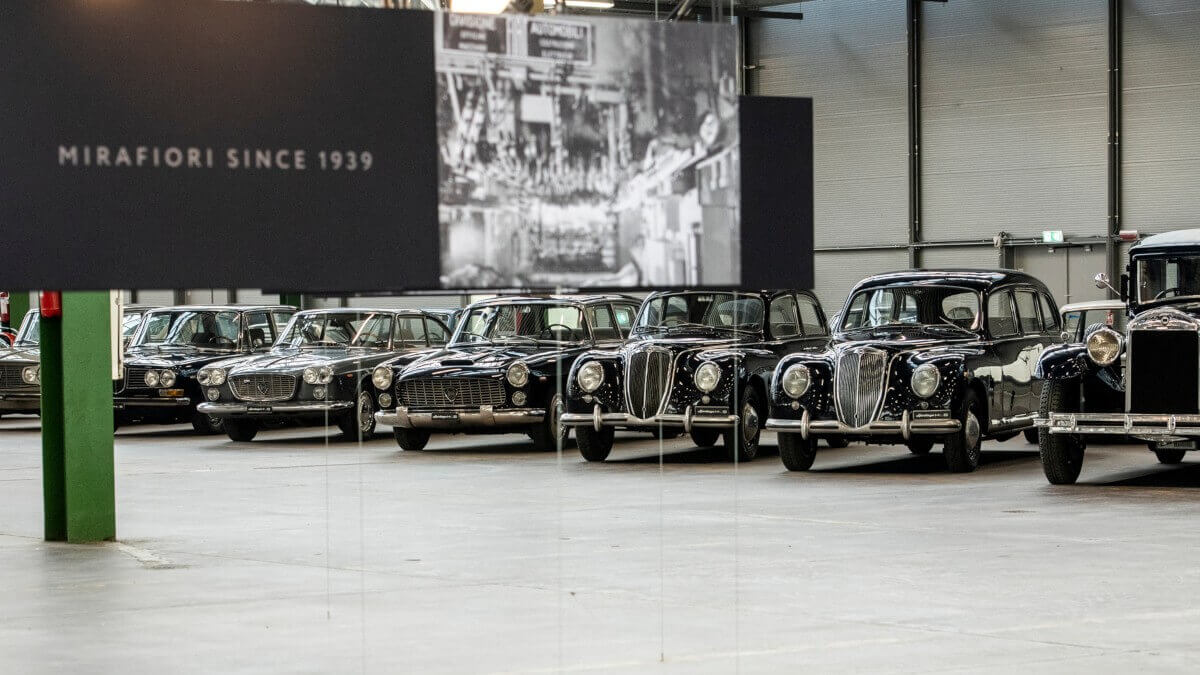

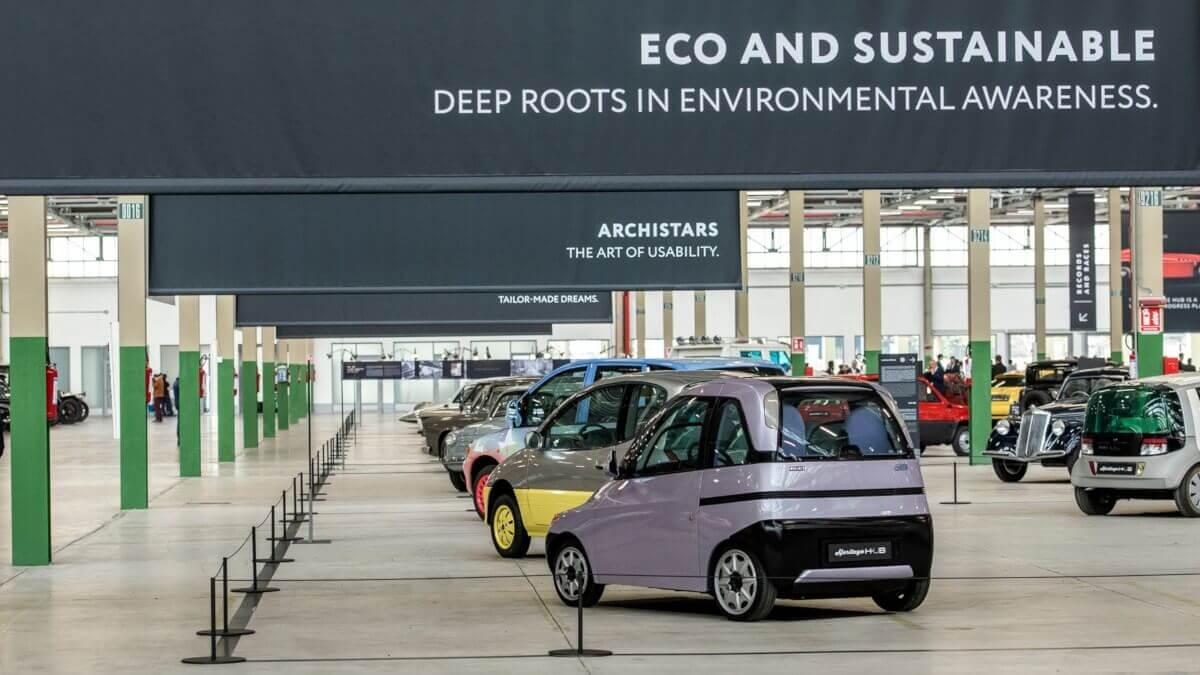

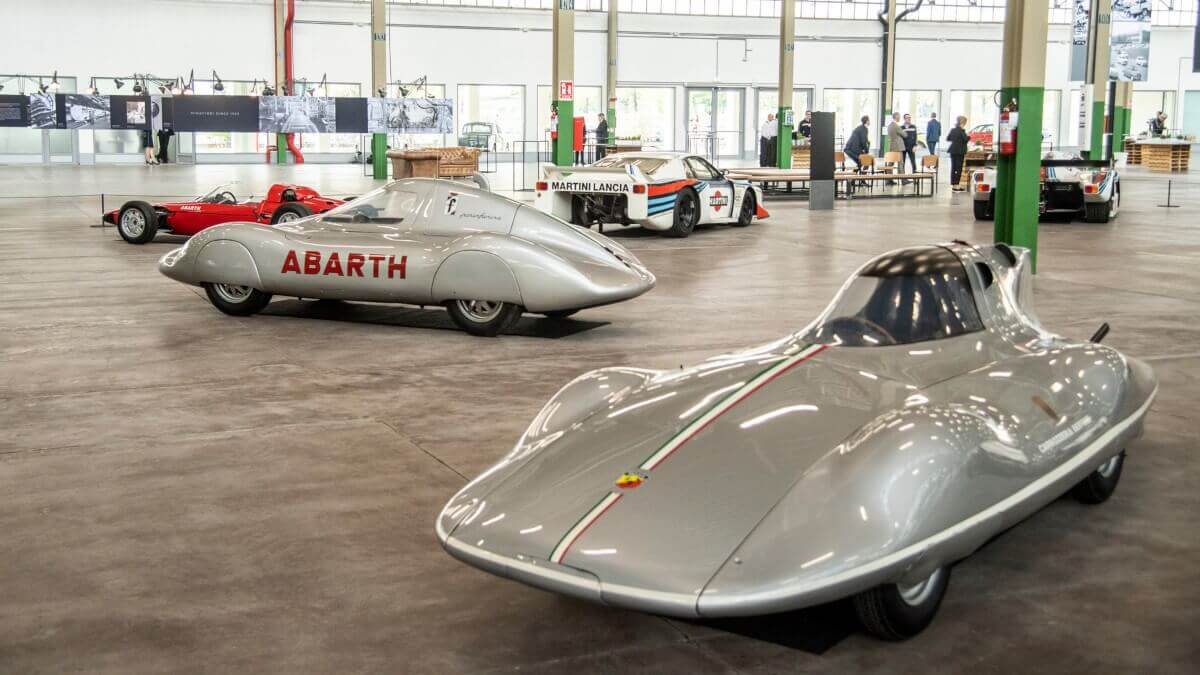

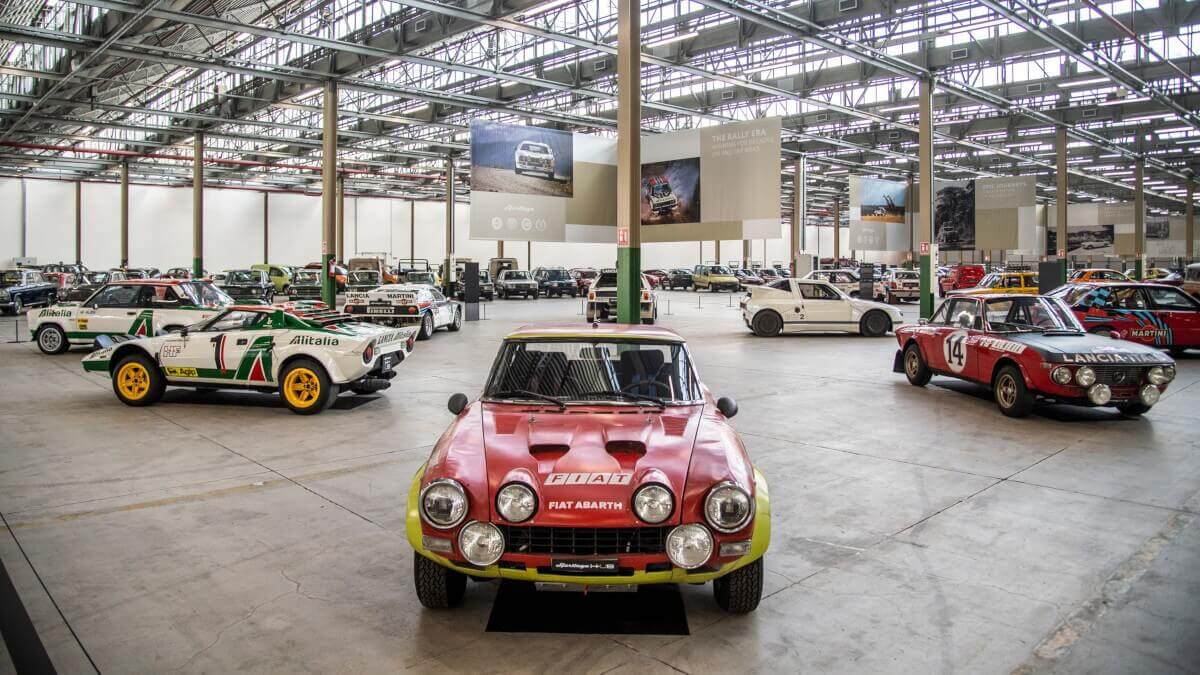



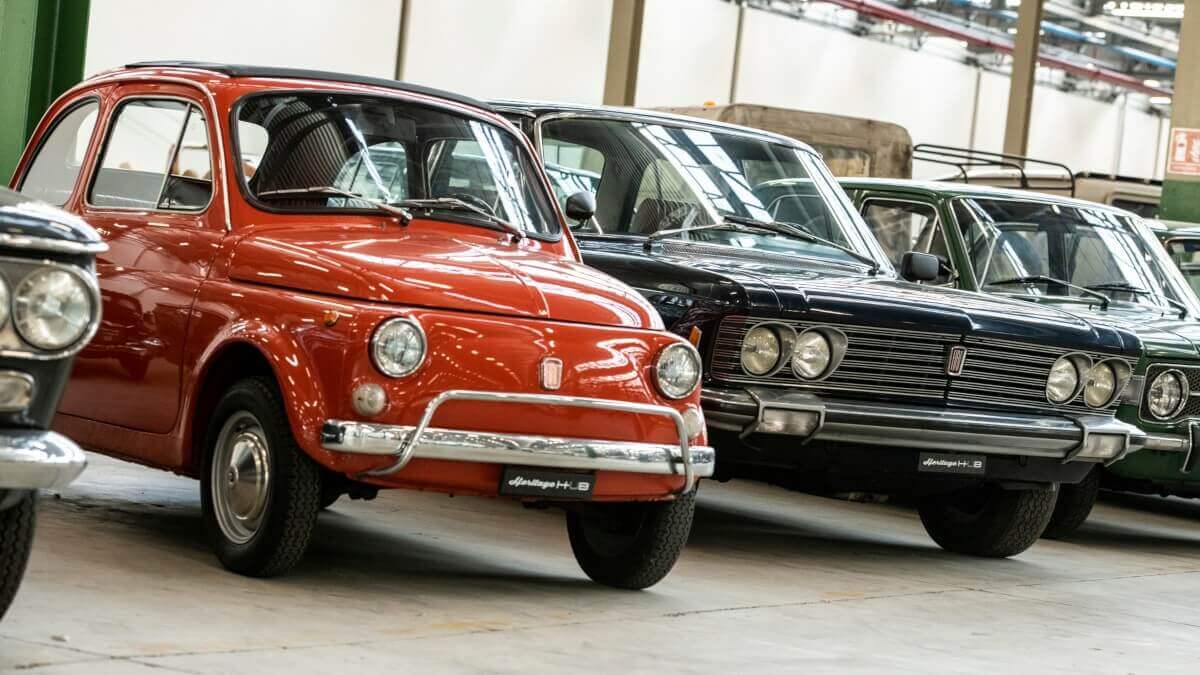







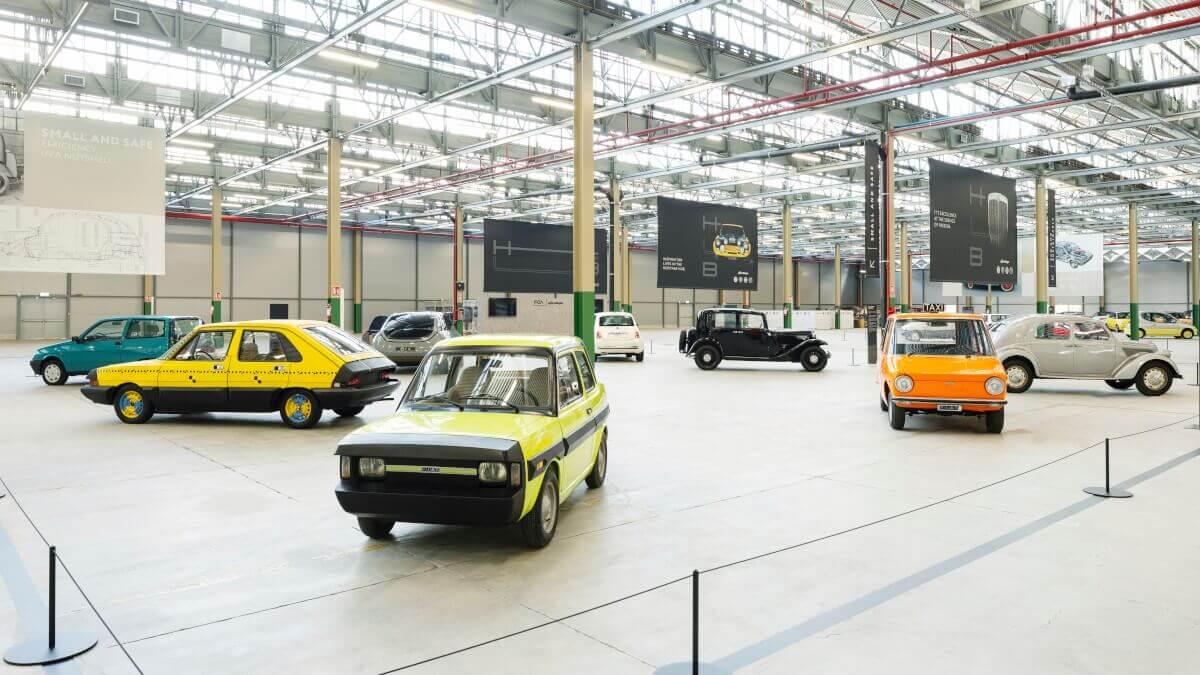

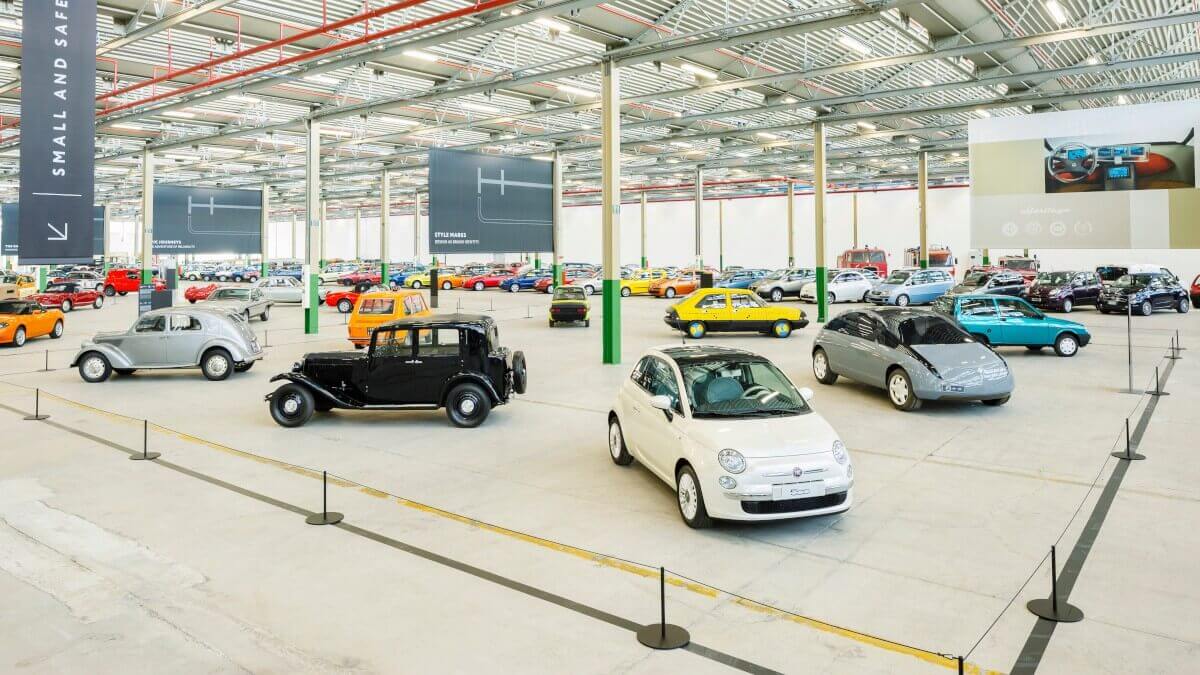







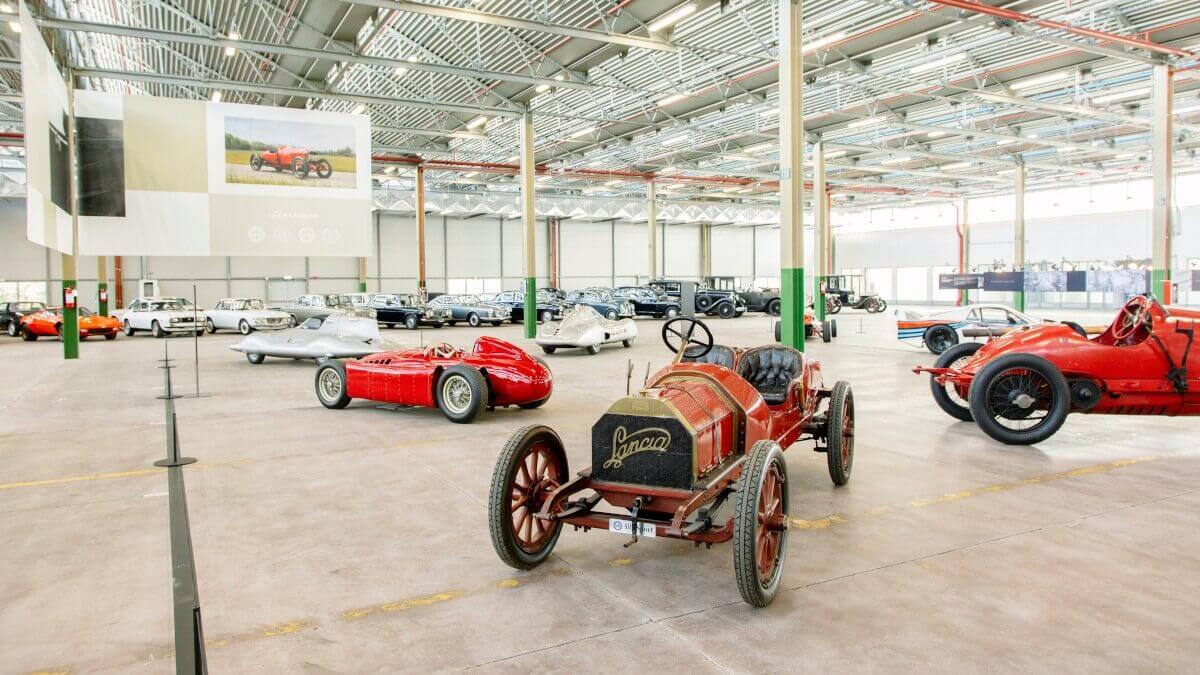

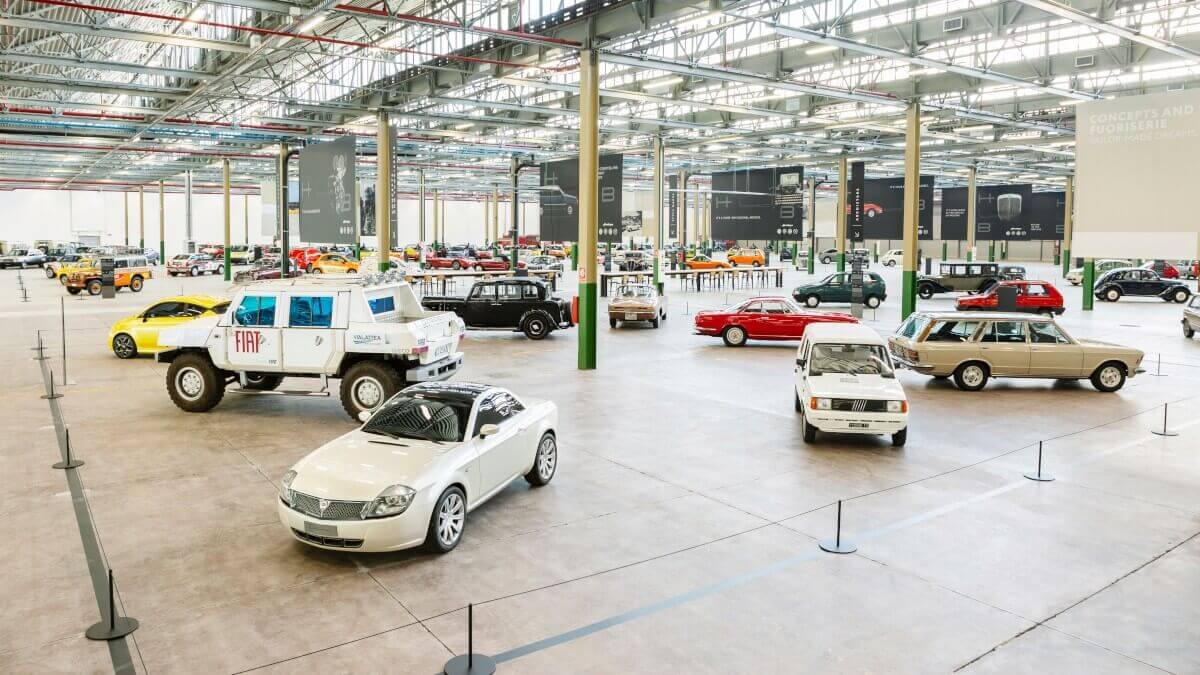









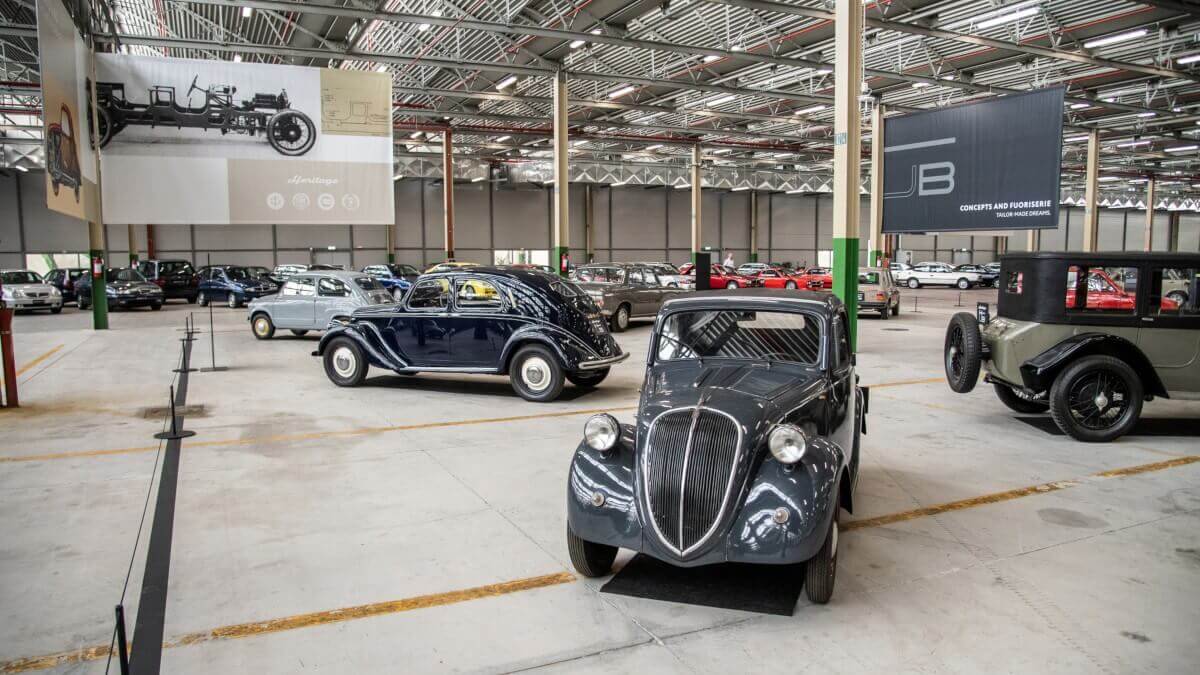



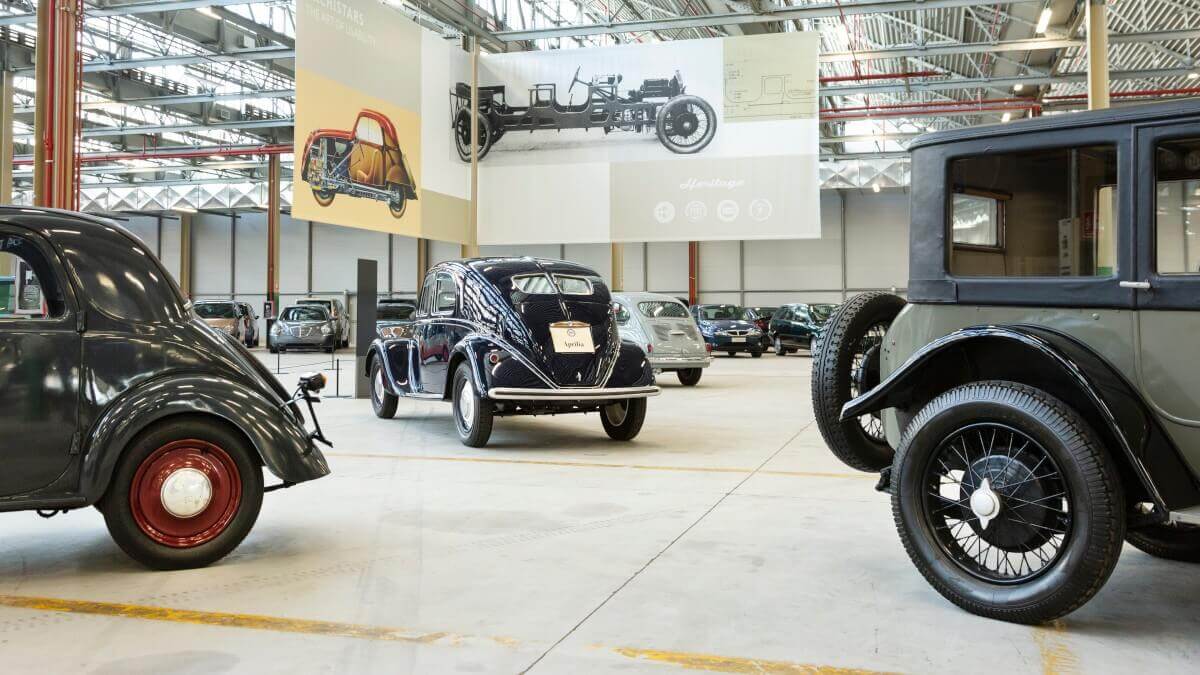











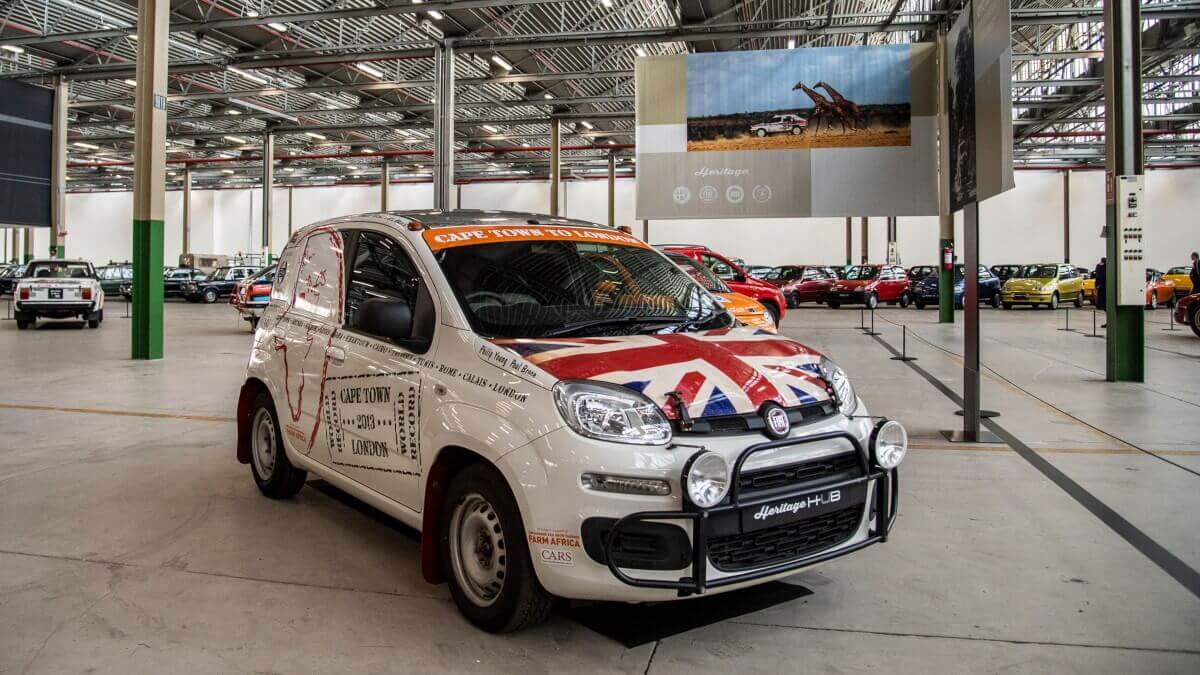





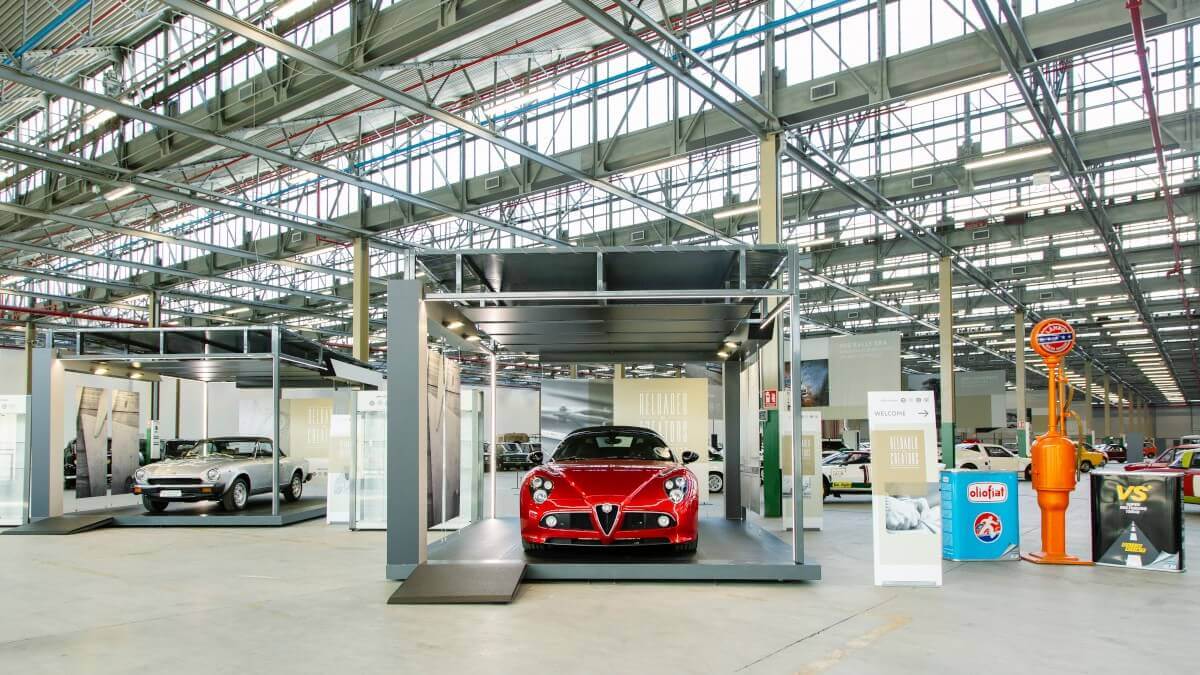

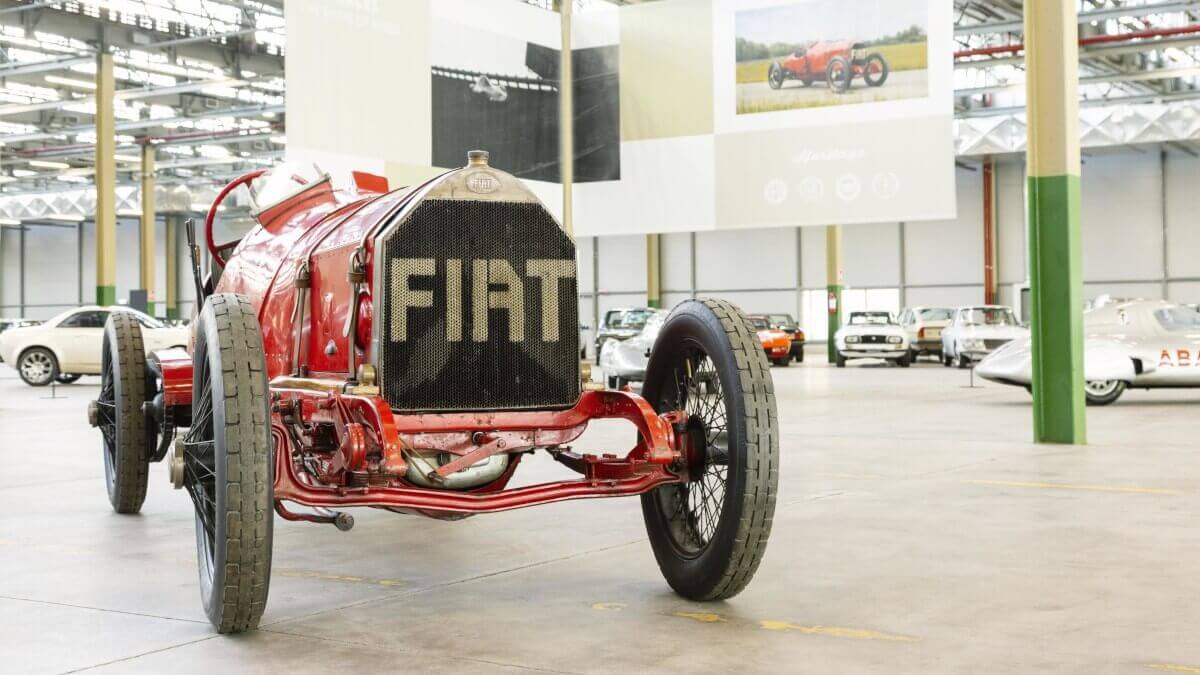

It’s made up of the following eight topics: ‘Archistars’, ‘Concept and Personalised Cars’, ‘Eco and Sustainable’, ‘Epic Journeys’, ‘Records and Races’, ‘Small and Safe’, ‘Style Marks’ and ‘The Rally Era’. FCA Heritage considers cars to be ‘Archistars’ if they opened a new chapter in automotive history with their individual architecture. Good examples of this are the Lancia Lambda as the first car with self-supporting body car, the Lancia Flavia as the first Italian car with front-wheel drive and disc-brakes all around and typical small cars from the collective memory like the Fiat 500, 600, Panda and Uno. In addition to futuristic utopias, the ‘Concept and Personalised Cars’ area include cars designed and built specifically for the Agnelli family, such as a Fiat 130 Familiar. Meanwhile, the ‘Eco and Sustainable’ area is showing both, production cars and concept cars, that show Fiat’s move towards eco-friendly cars. ‘Epic Journeys’ illuminates cars from their history, that have taken long journeys and rallies all over the world.
Of course, at Fiat, ‘Records and Races’ are closely linked to the red racing color of Italy and most of them are already several decades old. However, pre-war racing cars are as well worth seeing as Abarth’s world record vehicles or Lancia’s Group C racers. ‘Small and Safe’ cars have always been a key issue for Fiat and Lancia, which is why this section shows a correspondingly large number of exhibits of these two brands. Equally important is a high sense of good design, which Italian companies seem to have more than others. Under the motto ‘Style Marks’ they show for example a Lancia Aurelia B20 or a Fiat Barchetta. Naturally in the area ‘The Rally Era’ we have a clear overhang of Lancia, as from the Fulvia to the Stratos and 037 up to the Delta there have been quite a few – not forgetting the Fiat 124 Abarth Spider and 131 Abarth. Next to the big exhibition area, the Heritage Hub offers enough space for all other services and products of the Heritage department. Through the ‘Reloaded by Creators’ program they offer classic cars from Abarth, Alfa Romeo, Fiat and Lancia to customers, which are checked by brand experts, repaired and/or restored and then certified before they are sold. In near future, they also would like to offer works restorations for customer cars.
Images: FCA Heritage


